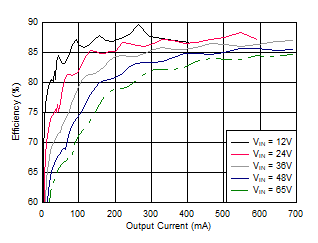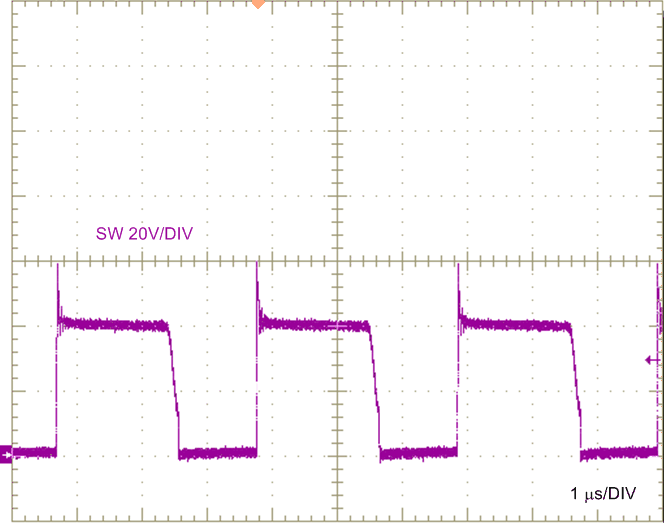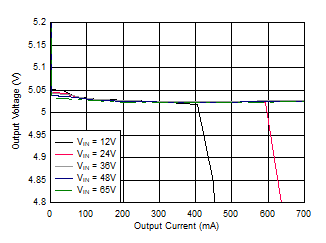SNVSBM6A April 2020 – January 2021 LM5181
PRODUCTION DATA
- 1 Features
- 2 Applications
- 3 Description
- 4 Revision History
- 5 Description (continued)
- 6 Pin Configuration and Functions
- 7 Specifications
-
8 Detailed Description
- 8.1 Overview
- 8.2 Functional Block Diagram
- 8.3
Feature Description
- 8.3.1 Integrated Power MOSFET
- 8.3.2 PSR Flyback Modes of Operation
- 8.3.3 Setting the Output Voltage
- 8.3.4 Control Loop Error Amplifier
- 8.3.5 Precision Enable
- 8.3.6 Configurable Soft Start
- 8.3.7 External Bias Supply
- 8.3.8 Minimum On-Time and Off-Time
- 8.3.9 Overcurrent Protection
- 8.3.10 Thermal Shutdown
- 8.4 Device Functional Modes
-
9 Application and Implementation
- 9.1 Application Information
- 9.2
Typical Applications
- 9.2.1
Design 1: Wide VIN, Low IQ PSR Flyback Converter Rated at 5 V, 0.5 A
- 9.2.1.1 Design Requirements
- 9.2.1.2
Detailed Design Procedure
- 9.2.1.2.1 Custom Design With WEBENCH® Tools
- 9.2.1.2.2 Custom Design With Excel Quickstart Tool
- 9.2.1.2.3 Flyback Transformer – T1
- 9.2.1.2.4 Flyback Diode – DFLY
- 9.2.1.2.5 Zener Clamp Circuit – DF, DCLAMP
- 9.2.1.2.6 Output Capacitor – COUT
- 9.2.1.2.7 Input Capacitor – CIN
- 9.2.1.2.8 Feedback Resistor – RFB
- 9.2.1.2.9 Thermal Compensation Resistor – RTC
- 9.2.1.2.10 UVLO Resistors – RUV1, RUV2
- 9.2.1.2.11 Soft-Start Capacitor – CSS
- 9.2.2 Application Curves
- 9.2.1
Design 1: Wide VIN, Low IQ PSR Flyback Converter Rated at 5 V, 0.5 A
- 10Power Supply Recommendations
- 11Layout
- 12Device and Documentation Support
- 13Mechanical, Packaging, and Orderable Information
Package Options
Mechanical Data (Package|Pins)
- NGU|8
Thermal pad, mechanical data (Package|Pins)
Orderable Information
7.6 Typical Characteristics
VIN = 24 V, VEN/UVLO = 2 V (unless otherwise stated).
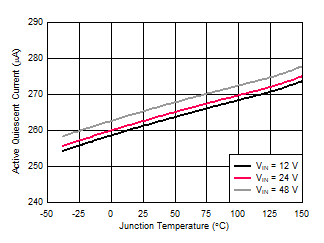
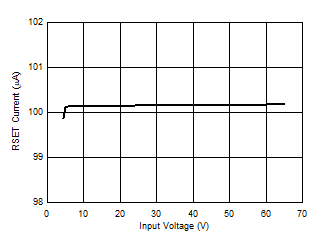 Figure 7-7 RSET Current versus Input Voltage
Figure 7-7 RSET Current versus Input Voltage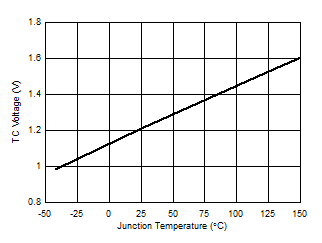 Figure 7-9 TC Voltage versus Temperature
Figure 7-9 TC Voltage versus Temperature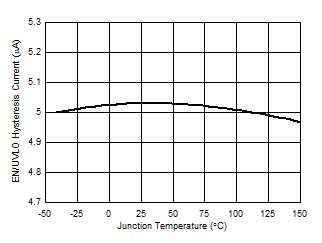 Figure 7-11 EN/UVLO Hysteresis Current versus Temperature
Figure 7-11 EN/UVLO Hysteresis Current versus Temperature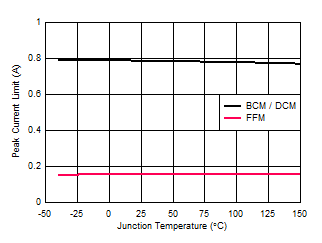 Figure 7-13 Switch Peak Current Limits versus Temperature
Figure 7-13 Switch Peak Current Limits versus Temperature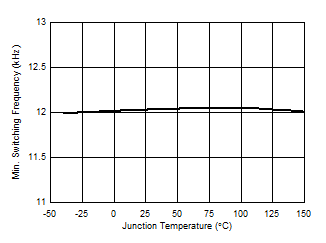 Figure 7-15 Minimum Switching Frequency versus Temperature
Figure 7-15 Minimum Switching Frequency versus Temperature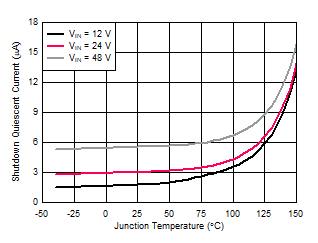
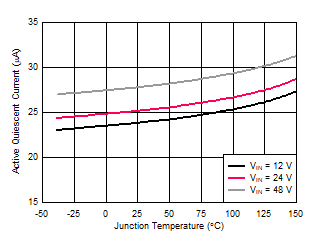
| VSS/BIAS = 6 V |
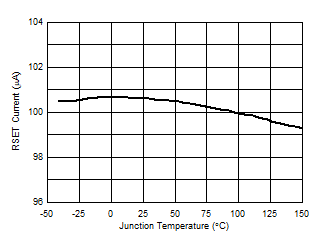 Figure 7-8 RSET Current versus Temperature
Figure 7-8 RSET Current versus Temperature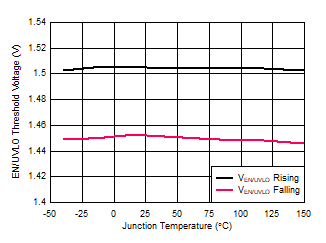 Figure 7-10 EN/UVLO Threshold Voltages versus Temperature
Figure 7-10 EN/UVLO Threshold Voltages versus Temperature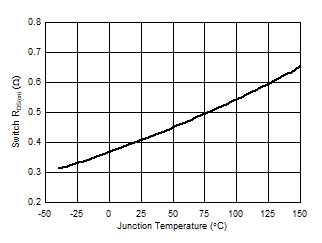 Figure 7-12 MOSFET RDS(on) versus Temperature
Figure 7-12 MOSFET RDS(on) versus Temperature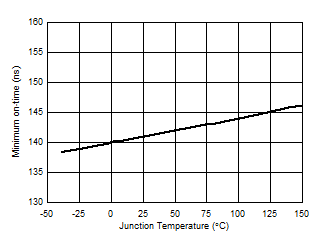 Figure 7-14 Minimum Switch On-Time versus Temperature
Figure 7-14 Minimum Switch On-Time versus Temperature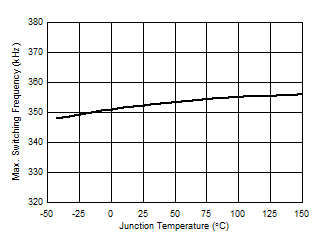 Figure 7-16 Maximum Switching Frequency versus Temperature
Figure 7-16 Maximum Switching Frequency versus Temperature